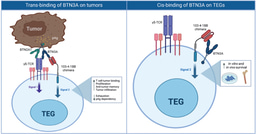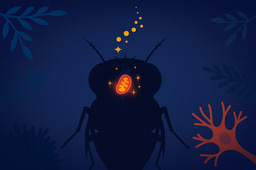Collaborative management of hydrological ecosystem services: a multilevel social network analysis of a Mexican watershed
Published in Earth & Environment, Ecology & Evolution, and Mathematics

This research was born out of the concern to see how the concept of ecosystem services is widely disseminated, but where most of the works focus on the quantification or modeling of the provision of services or on governance (rules and agreements) and little has been done to explore how the operational management is, who participates and how they are related at mesoscale through the cascade model. We seek to contribute to the knowledge of the social and co-production of ecosystem services, as well as to provide public policy recommendations.
Follow the Topic
-
Environmental Management

Environmental Management offers research and opinions on use and conservation of natural resources, protection of habitats and control of hazards, spanning the field of environmental management without regard to traditional disciplinary boundaries.
Related Collections
With Collections, you can get published faster and increase your visibility.
Special Issue: Cumulative effects assessment, monitoring & management: State-of-the-art
The cumulative effects of natural and human-induced disturbances to terrestrial and aquatic ecosystems are among the most pervasive issues facing environmental management. Many of the policies and instruments in place to deal with cumulative effects function at local scales and often in response to specific resource development proposals, such as regulatory environmental and socioeconomic impact assessments. There has emerged in recent years a recognized need amongst the practitioner, scholarly, and decision maker communities to advance cumulative effects assessment, monitoring, and management efforts to more regional (e.g. ecosystem, watershed) scales. Doing so requires new tools and technologies, big data, regulatory and policy innovation, collaboration and partnerships, and a greater role for social considerations and Indigenous knowledge systems.
This Special Issue of Environmental Management is focused on innovations in cumulative effects assessment, monitoring, and management. We are interested in papers from all sectors and disciplines, with special attention to the following topics:
•Theoretical or conceptual advances in cumulative effects principles and frameworks
•Innovations in cumulative effects assessment methods or monitoring
•Regional frameworks for cumulative effects assessment, monitoring, or management
•Governance and institutional arrangements for improved cumulative effects analysis or management
•Determining thresholds or limits to support cumulative effects decisions
•Spatial tools and information management for assessing and characterizing cumulative effects
•Regulatory challenges and opportunities for improving cumulative effects management
•Social and cultural dimensions of cumulative effects, including legacy effects and Indigenous knowledge systems
•Lessons from innovative case studies and applications in cumulative effects assessment, monitoring or management, including Indigenous-led initiatives
Publishing Model: Hybrid
Deadline: Dec 31, 2025
Solutions for Global Sustainability in Hydropower: Balancing Water Use, Ecology, and Community Benefit
Publishing Model: Hybrid
Deadline: Mar 01, 2026




Please sign in or register for FREE
If you are a registered user on Research Communities by Springer Nature, please sign in